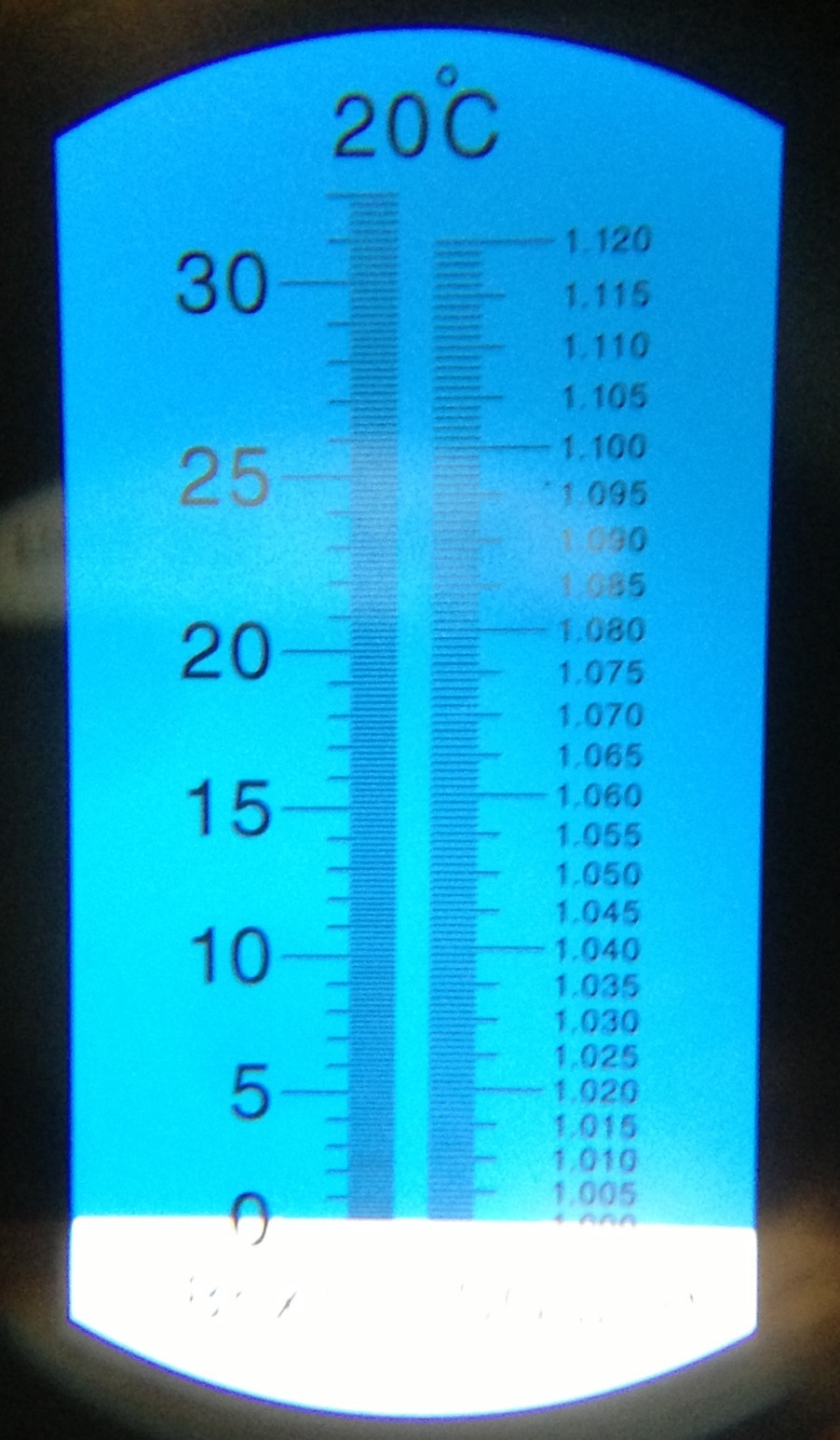Can a refractometer (with the appropriate conversion tables) completely replace the hydrometer for determining SG? Or is there something a hydrometer can do that a refractometer can't?
I talked to a winemaker at one point who said that it can only be used before fermentation to measure the SG changes due to sugar content, but not once fermentation started as it can't differentiate between alcohol and water. This seems counter to my understanding of how refractometers work (alcohol has a different refractive index than water), but college physics was a long time ago...
I talked to a winemaker at one point who said that it can only be used before fermentation to measure the SG changes due to sugar content, but not once fermentation started as it can't differentiate between alcohol and water. This seems counter to my understanding of how refractometers work (alcohol has a different refractive index than water), but college physics was a long time ago...
































![Craft A Brew - Safale S-04 Dry Yeast - Fermentis - English Ale Dry Yeast - For English and American Ales and Hard Apple Ciders - Ingredients for Home Brewing - Beer Making Supplies - [1 Pack]](https://m.media-amazon.com/images/I/41fVGNh6JfL._SL500_.jpg)

























